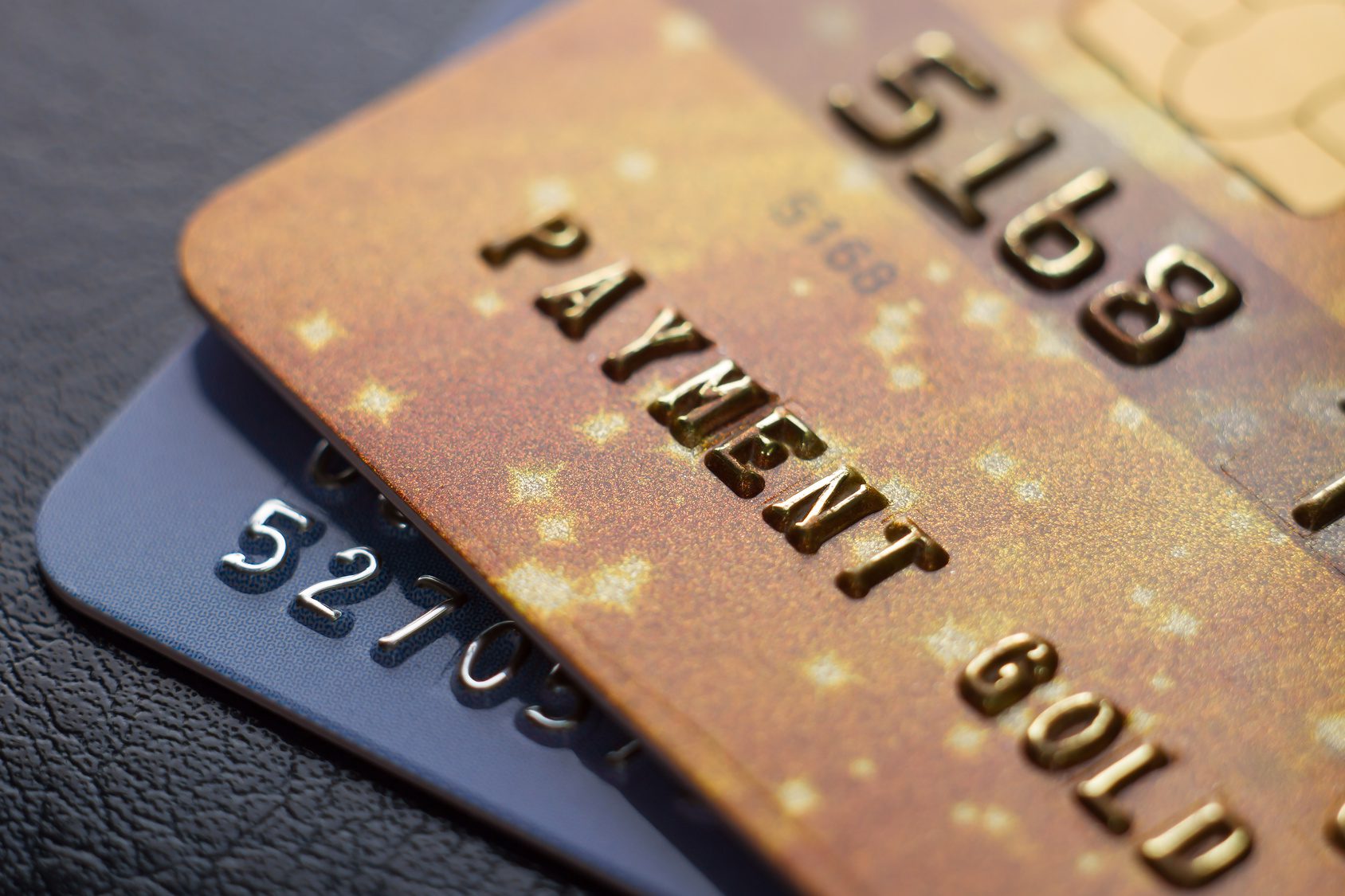Re-carding the American credit card business was a monumental effort. About a billion cards, more than a million payment acceptance devices, and the swiping exercise we do billions of times a year all changed. As this article suggests, results are notable.
- A new study released by Visa Inc. (NYSE:V) shows that counterfeit credit card fraud dropped as much as 75% from December 2015 to March 2018, thanks to the introduction of EMV chip-embedded credit cards.
- This is more proof that these chips are having the desired effect and are working to curb fraudulent transactions at retailers’ points of sale (POS). (Just last year counterfeit credit card fraud was down only 50%.)
- During that same time period, counterfeit fraud dollars spent at all U.S. merchants dropped by 46%
- According to Visa, in June it almost had 500 million chip cards in the U.S. Before the migration, there were “only” 159 million in circulation. That’s good for a 214% increase and represents about 69% of all domestic Visa cards.
It was not easy. The cutover was not perfect… there are still some large holdouts, such as Circle K, but chances are that you are an old pro by now, able to insert rather than swipe.
- The EMV chip changed the whole dynamic of card payments at the POS. While that information is still stored on the back of the card, the EMV chip generates a unique code, each time it is used in a transaction, which means thieves cannot produce counterfeit cards and use them at a merchant that uses chip-reading hardware.
The war is not over. Gasoline stations have an implementation extension, which coincidently coincides with the surge in skimming positions. As it stands, the conversion was a success, which required the efforts of 3.6 million cashiers in the US, who average $10.11 an hour.
Overview by Brian Riley, Director, Credit Advisory Service at Mercator Advisory Group











